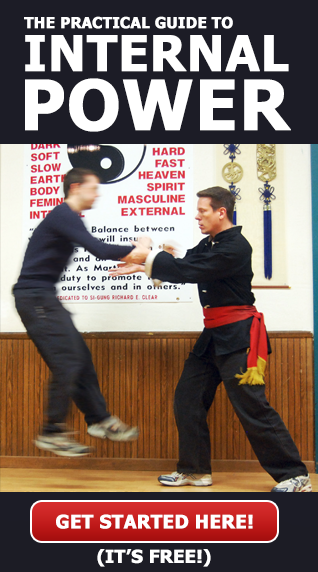Yang Style Tai Chi is known for its soft, graceful, flowingly expansive movements that ooze with peaceful tranquility to practice or watch.
Yang Style Tai Chi began with Yang Lu Chan. He studied with Chen Changxing the 14th generation Chen style master. Yang Lu-ch’an (and some would say the art of tai chi chuan in general) came to prominence as a result of his being hired by the Chinese Imperial family to teach tai chi chuan to the elite Palace Battalion of the Imperial Guards in 1850, a position he held until his death
Yang Style was passed from Yang Lu Chan to his sons Yang Ban Hou and Yang Jian Hou who then passed the art to his grandsons Yang Shao Hou and Yang Cheng Fu. Yang Cheng Fu became the most famous teaching the Yang family art far and wide. As a result Yang family Tai Chi is now the most popular Tai Chi in the world.
Today, as a result of the teaching of Yang Cheng Fu, Yang Style Tai Chi is characterized by upright postures that maintain body alignment and that are usually taught in very large postures known as large frame. The art is generally practiced slowly, smoothly and peacefully like water and usually only a trained eye can pick up the martial aspects of the Yang style Tai Chi. Sung or Soong relaxed softness is emphasized and the moves can be practiced at a low, medium or high height depending on the ability of the practitioner. The art is known to be quite healthy and martial at the same time.
The Yang Style Tai Chi fighting art is taught in the Yang Family secret transmissions and includes a wide variety of techniques including hand and foot strikes, locks, throws and energetics including the 36 primary jings. The Fa Jing or explosive energy in Yang style is best known as the type where the practitioner barely moves or does not move at all and the opponent is explosively thrown or popped 6 – 25 feet away.
Dim Mak is also an important part of the Yang Family Tai Chi style art and really involves developing the sensitivity to feel inside of an opponent so that a strike or and energy can be directed into the opponent to an exact organ or area thereby incapacitating or seriously injuring an opponent.
This is Part 4 of 5.

Speak Your Mind